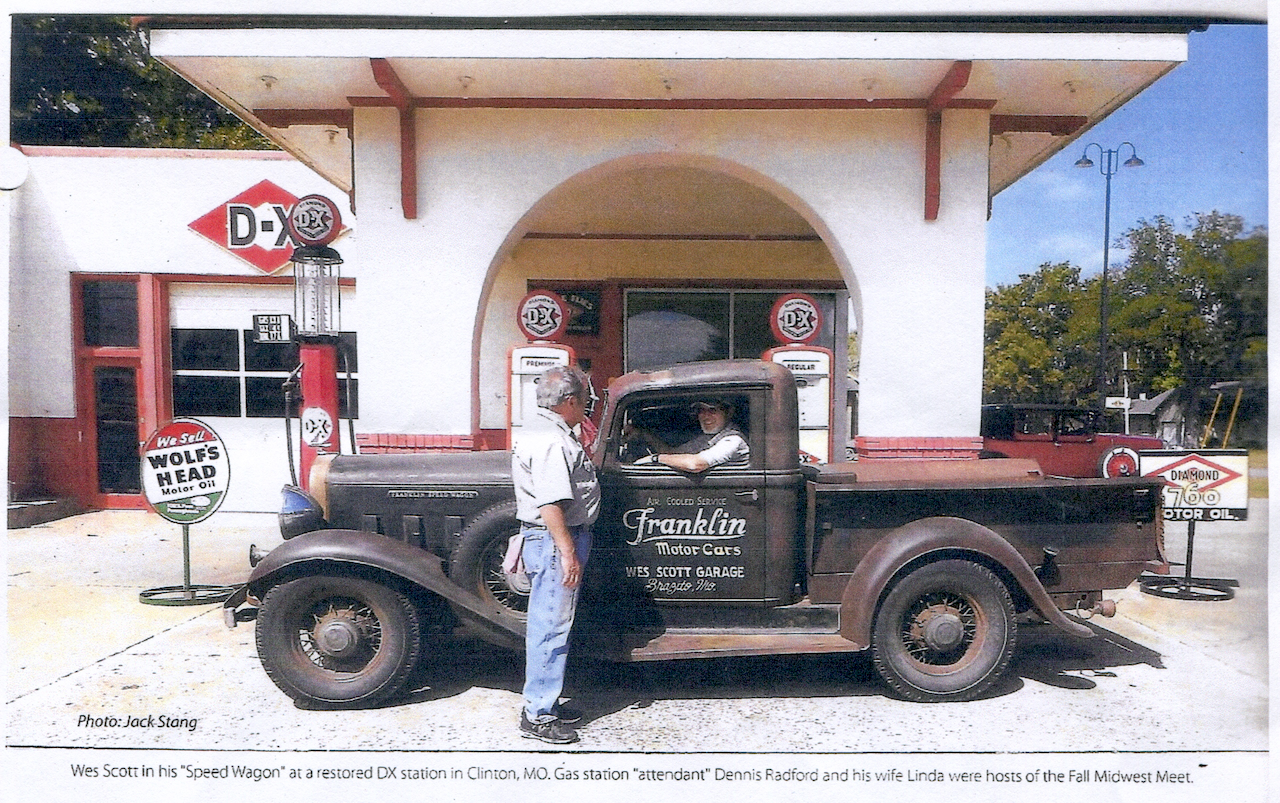A lot of rich people don’t even realize they’re rich. Here are some clues:
- You are worried about someone hijacking your car when you drive downtown.
- You can afford things you actually need, like healthcare.
- You don’t use a calculator while grocery shopping, and you don’t use the produce scales in grocery stores.
- You spend money on traveling for leisure.
- You never worry about hidden, snowballing fees or “poor tax”.
- You never have to hustle to work out where you will sleep or where your next meal comes from.
- You can invest in something that pays off later or just simply stock up because buying more is cheaper.
- You don’t hold up the line with your complicated benefits when checking out in the grocery store line.
- You don’t have to worry about logistics, like how you will show up to appointments on opposite sides of the city in one day.
- You shop online.
- You don’t have to worry about your kid’s tech access for school.
- Bureaucratic procedures, such as getting a driver’s license, are not prohibitively impossible.


